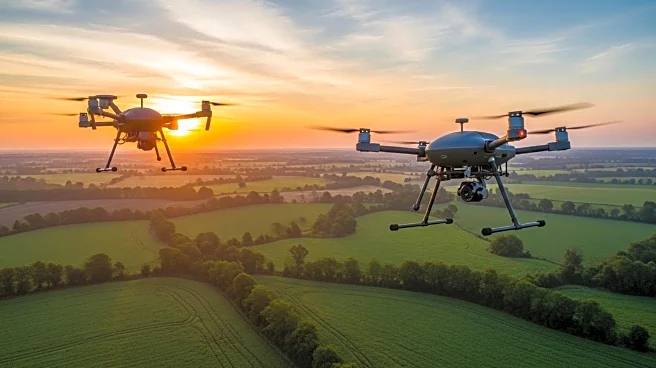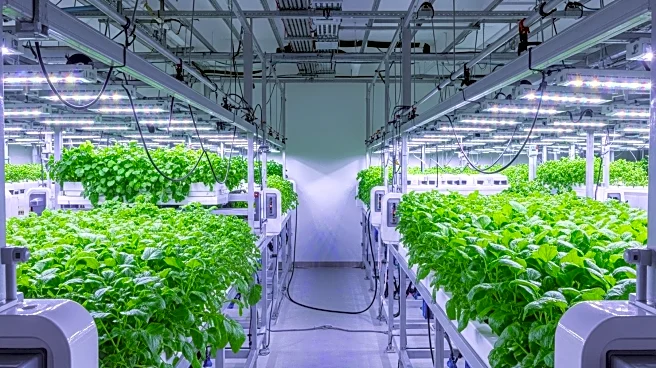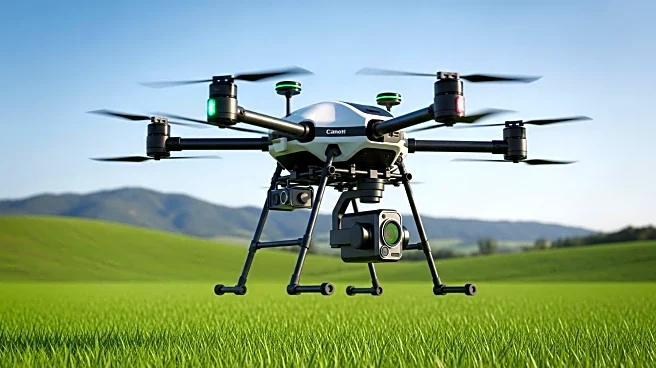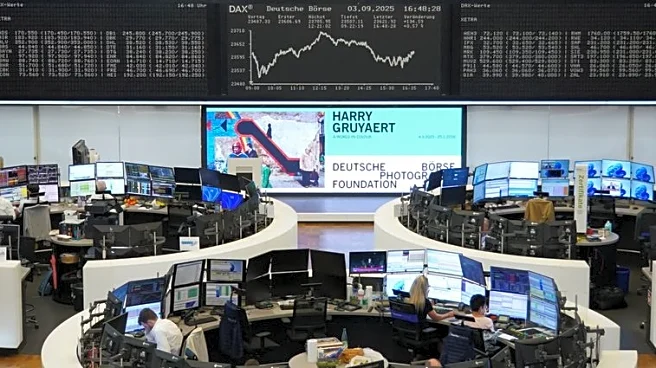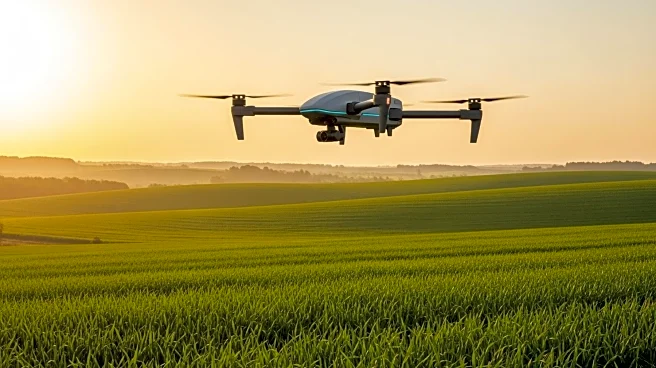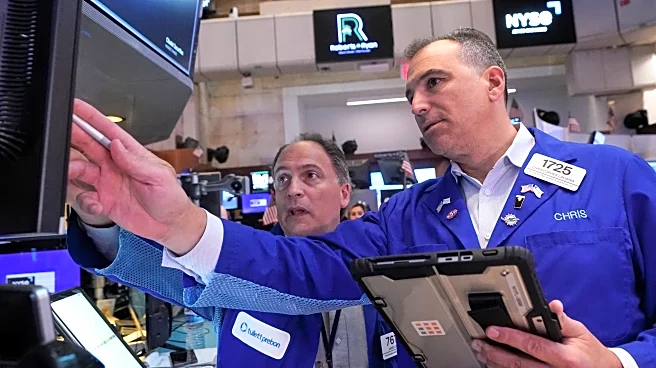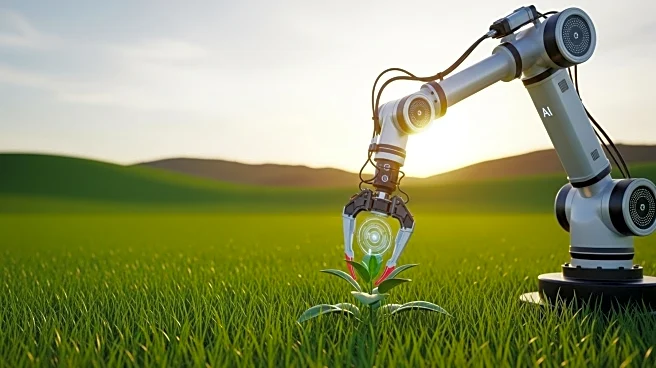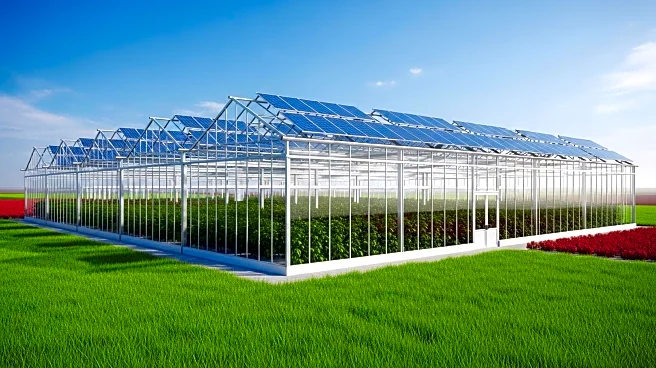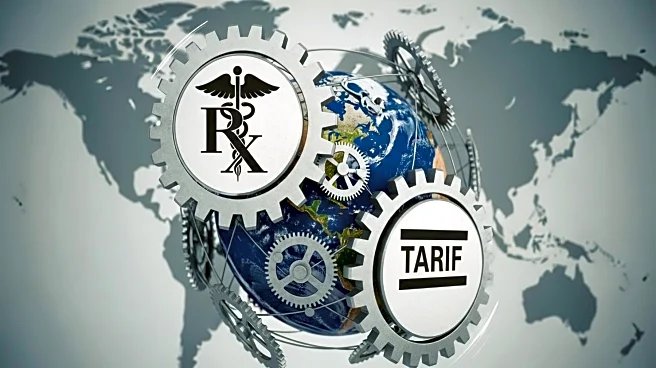What's Happening?
The United States indoor farming market is projected to experience substantial growth, with its value expected to rise from USD 34.2 billion in 2022 to USD 56.1 billion by 2031. This growth is driven by advancements in urban agriculture, including the integration of vertical and horizontal growing methods in greenhouse-style facilities. Companies like Gotham Greens and Sensei Farms are leading the way with innovative approaches to space utilization and energy efficiency. Recent mergers and acquisitions, such as the strategic merger between 80 Acres Farms and Soli Organic, are also contributing to the expansion of indoor farming networks across the U.S.
Why It's Important?
The expansion of the indoor farming market is significant for several reasons. It addresses the growing demand for sustainable and efficient food production methods in urban areas, reducing the reliance on traditional agriculture. This shift can lead to increased food security and reduced environmental impact. The market's growth also presents opportunities for technological innovation and investment, particularly in automation and robotics, which can enhance productivity and reduce labor costs. Stakeholders in the agriculture and technology sectors stand to benefit from these developments, as they align with broader trends towards sustainability and efficiency.
What's Next?
As the indoor farming market continues to grow, further advancements in technology and infrastructure are expected. Companies may focus on enhancing automation and integrating artificial intelligence to optimize crop production. Additionally, there may be increased collaboration between technology firms and agricultural companies to develop innovative solutions for urban farming challenges. Policymakers and industry leaders will likely play a role in supporting this growth through incentives and regulations that promote sustainable practices.

